Geometry has been the most popular branch of Mathematics right from the ancient days. Geometry (Greek ϒεωμεϮρία; geo = earth, metria = measure ) arose as the field of knowledge dealing with spatial relationships. Geometry was the one of the two fields of pre- modern Mathematics, the other being the study of numbers.
In modern times, geometric concepts have been extended. They sometimes show a high level of abstraction and complexity. Geometry now uses methods of calculus and abstract algebra, so that many modern branches of the field are not easily recognizable as the descendants of early geometry. The geometry which is treated with the help of differentiable calculus is called differential geometry.
The name “Finsler geometry” came from Finsler’s thesis of 1918. It is actually the geometry of a simple integral and is as old as the calculus of variations. Hilbert attached great importance to the field , and in his famous Paris address of 1900 devoted Problem 23 to the variational calculus of S = ∫▒〖L( x,(dx )/dt〗)dt and its geometrical overtones .
Finsler geometry is not a generalization of Riemannian geometry. It is better described as Riemannian geometry without the quadratic restriction. In 1926, J. H. Taylor gave the name “Finsler space” to the space with the such generalized metric.
This book is intended to be a textbook, suitable for use in a post graduate and research level in Mathematics course. This book also gives useful introduction to the methods of Finsler geometry for research students who may wish to apply them. Our main aim in writing this book is to provide a basic concepts of Finsler geometry in simplest form for the post graduate students and at the same time a handbook for research workers in the field of Finsler geometry and other applied areas.
This book consists of the five chapters. The first chapter deals with brief concepts of curve line – element, fundamental function, Finsler metric, Finsler space, magnitude of a vector , homogeneity properties of the gij and Cijk , dual tangent space, matrix inverse to the symmetric matrix ‖gij‖ etc. which are referred to in subsequent chapters. A study of geodesics has been done in chapter second. The fundamental postulates of Cartan, Cartan’s covariant derivatives and it’s properties, Berwald connection and his covariant derivative, properties of Berwald’s covariant derivative have been discussed in the third chapter . The theory of curvature has been studied in chapter four. The last chapter is devoted to study the theory of Lie- derivatives and certain infinitesimal transformations in a Finsler space.
Suggestions for improvement from the readers will be gratefully accepted. The authors convey their deep gratitude to the publisher for making painstaking effort and taking keen interest in publishing the book.


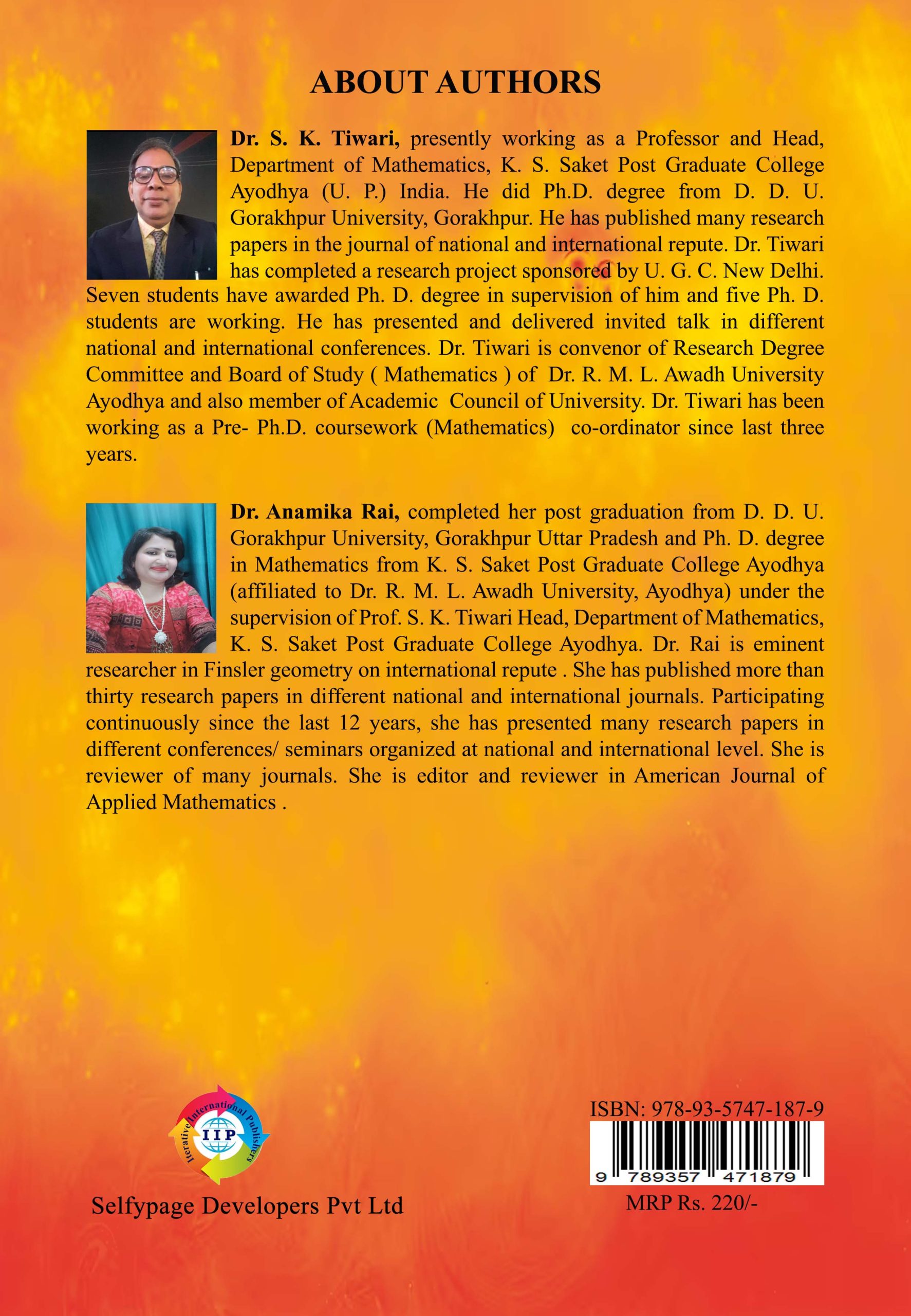
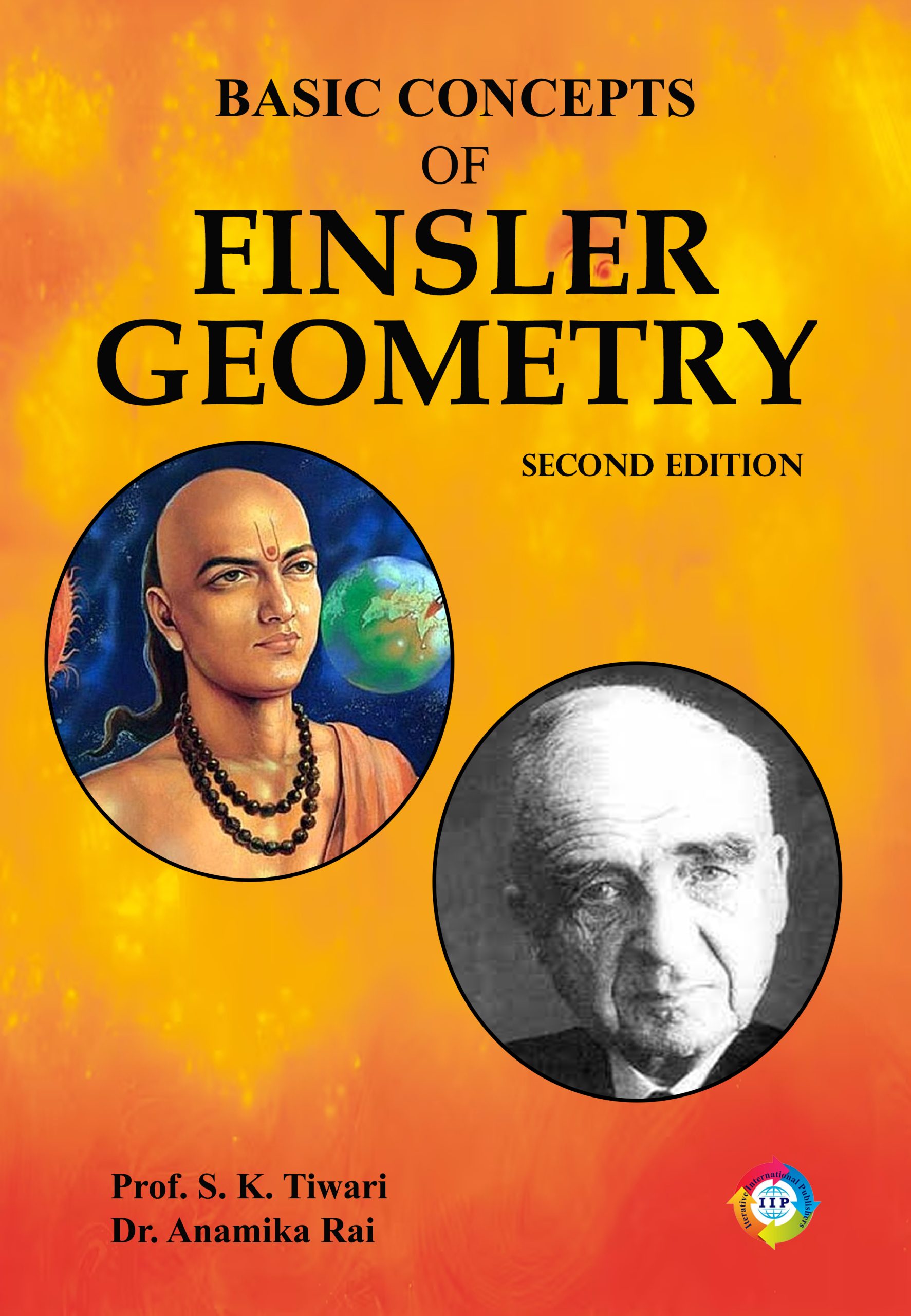

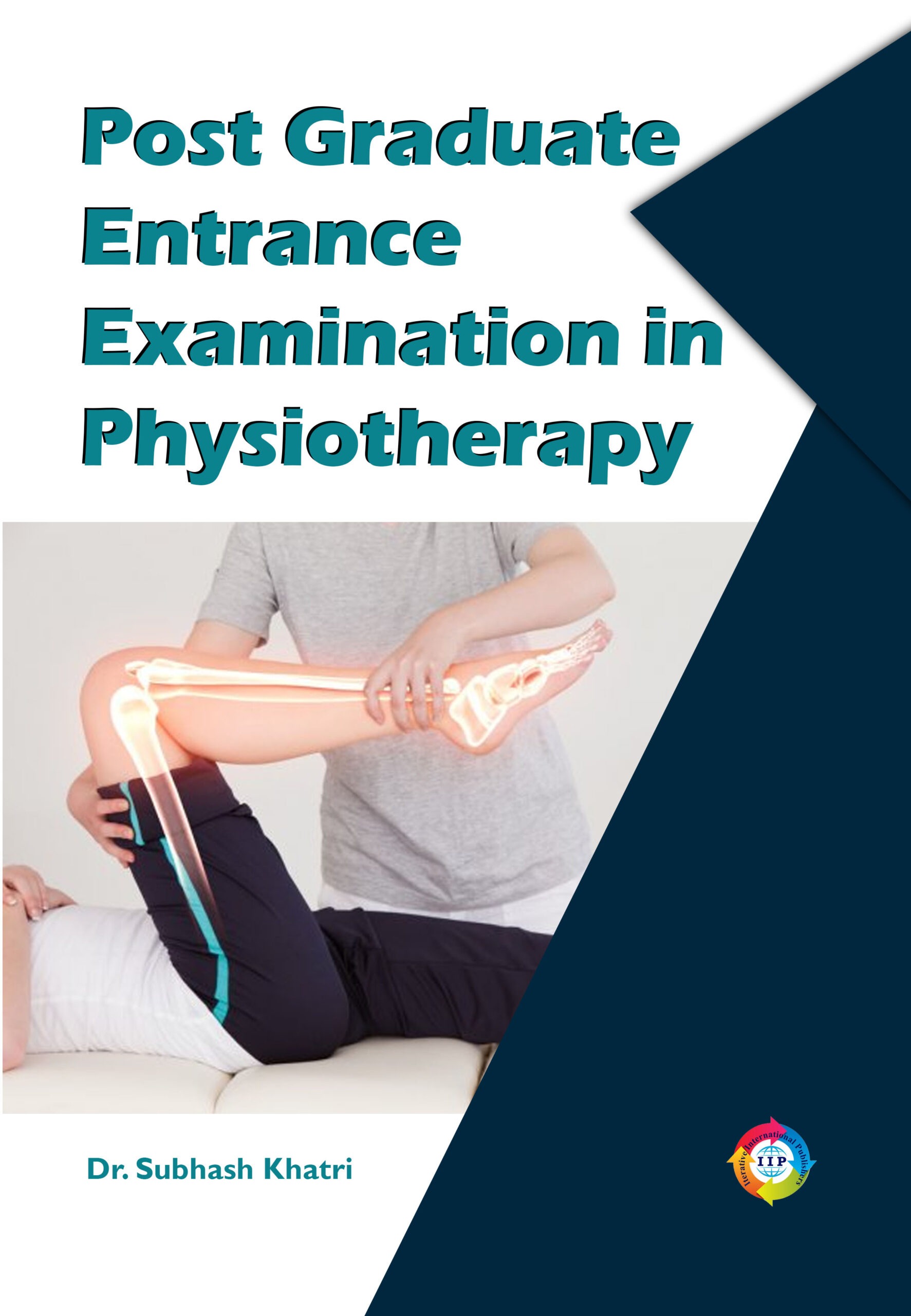

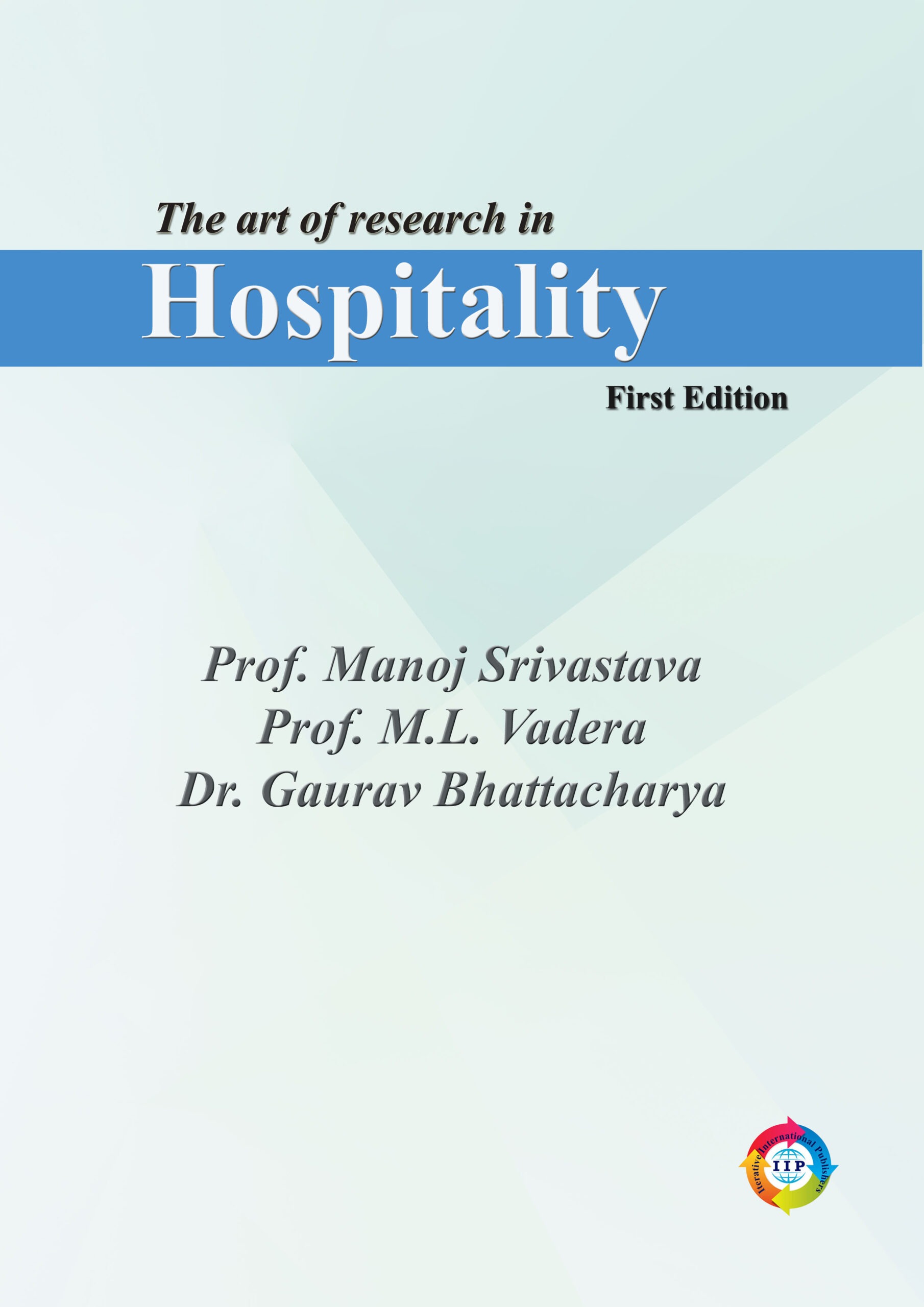

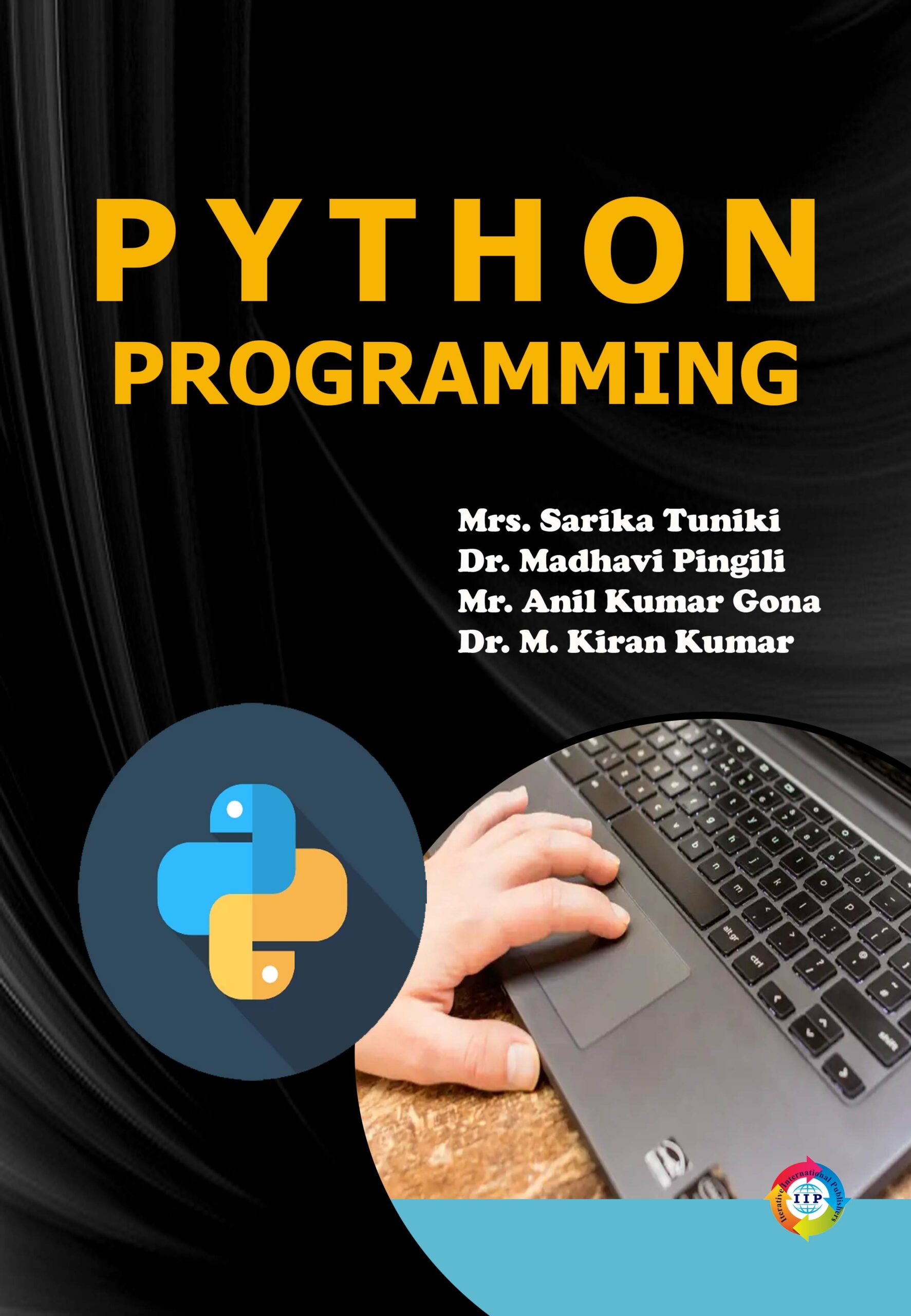
Reviews
There are no reviews yet.